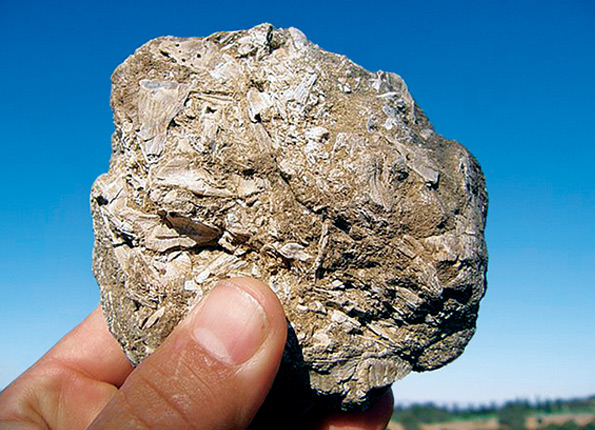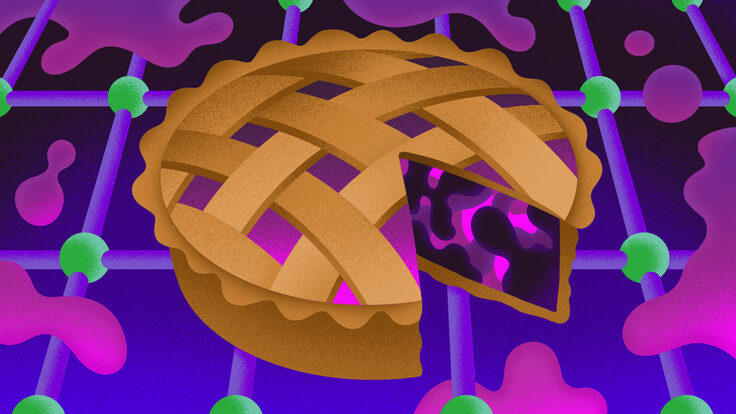SLAC's rocky past
 |
|
Photo: Lizzie Buchen Forty members of the Society for Sedimentary Geology drove down Loop Road, passed through the Sector 30 gate, and arrived on the north side of the klystron gallery. Stretching before them, the earthen walls of the accelerator trench cut an enticing swath through the foothills, holding the secrets to a story that began more than 55 million years ago. |
Led by geologists Susan Witebsky of the Stanford Linear Accelerator Center and Ken Ehman of Chevron, the group of students, academic researchers, and professional geologists explored the highlights of the lab's tectonically turbulent past.
SLAC's campus rests on a two-mile-thick bed of marine sedimentary rock, a rigid reminder of the waters that covered the land until just recently. The tectonic plate that bears SLAC was once the deep ocean floor, which gradually rose until it broke through the water's surface a mere one million to two million years ago. Each period of this dynamic history left its mark in the earth, depositing minerals and fossilized creatures.
At the start of its October tour, the group heard the tale of Paleoparadoxia, a hippo-like beast whose fossils were discovered, excavated, and reconstructed by Adele Panofsky, the diligent and passionate wife of SLAC's founder. At the west end of the two-mile-long linear accelerator, they examined a large mass of land which had, some millions of years ago, been drastically inverted through faulting and folding. A few hundred meters to the south, they studied 165-million-year-old rocks encrusted with fossilized algae barely 40 million years of age. This finding revealed a tremendous deformation of the Earth's surface, which saw rocks 15 kilometers below ground abruptly thrust to the shallow ocean floor.
Certain curiosities, however, remain open questions, such as a glaring 20-million-year gap in deposits, and maverick blocks of sandstone in the otherwise uniform mudstone matrix at Sector 11.
Although Witebsky has been at SLAC for more than 10 years, the rocks continue to excite and intrigue her. “Our primary job is environmental restoration and evaluating the ground water quality,” she says of the SLAC resident geologists. “But every time there's an excavation, like for the Linac Coherent Light Source, we get to come along and see what's revealed. That's the real treat.”
Lizzie Buchen
Click here to download the pdf version of this article.






